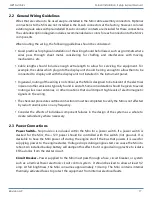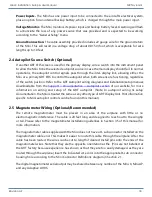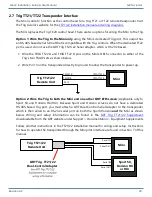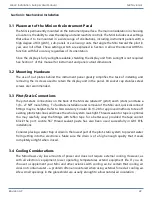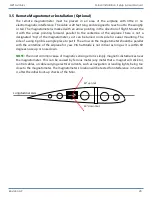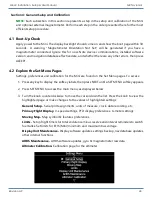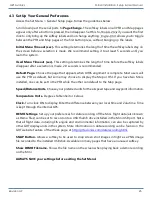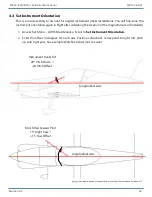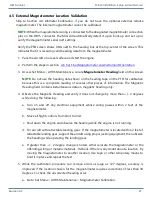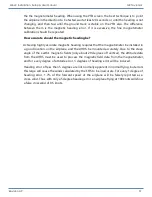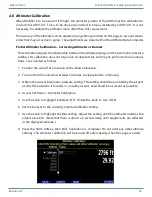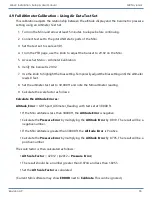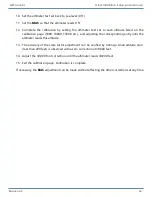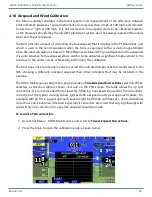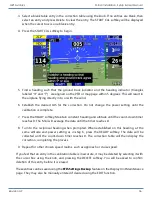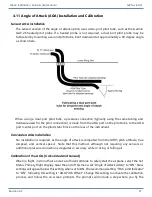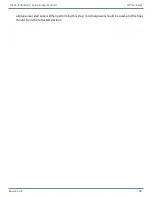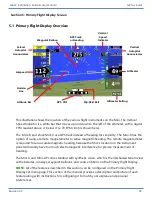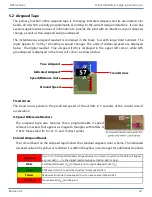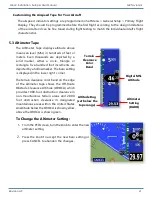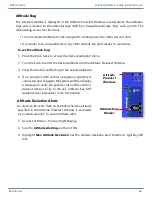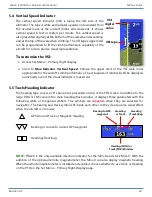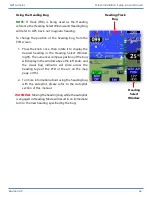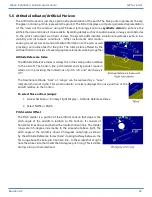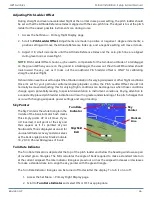
Mini-X Installation, Setup & User Manual GRT Avionics
Revision A9 31
the the magnetometer heading. When using the PFD screen, the best technique is to point
the airplane in the direction to be tested, wait at least 20 seconds, or until the heading is not
changing, and then taxi until the ground track is stable on the PFD also. The difference
between them is the magnetic heading error. If it is excessive, the fine magnetometer
calibration should be repeated.
How accurate should the magnetic heading be?
Achieving highly accurate magnetic heading requires that the magnetometer be installed in
a good location on the airplane, and the AHRS be mounted accurately. Due to the steep
angle of the earth’s magnetic fields (only about 20 degrees off vertical), the attitude data
from the AHRS must be used to process the magnetic field data from the magnetometer,
and for every degree of attitude error, 3 degrees of heading error will be induced.
Heading error of less than 5 degrees are not normally apparent in normal flying, but errors
this large will cause the winds calculated by the EFIS to be inaccurate. For every 1 degree of
heading error, 1.7% of the forward speed of the airplane will be falsely reported as a
cross-wind. Thus, with only a 5 degree heading error, an airplane flying at 100 knots will show
a false crosswind of 8.5 knots.

